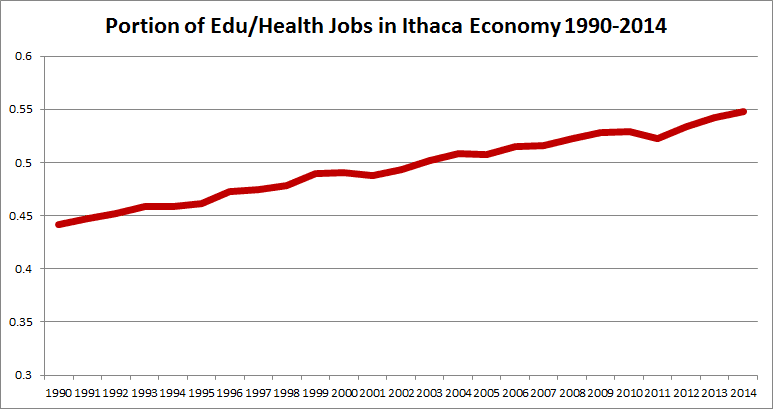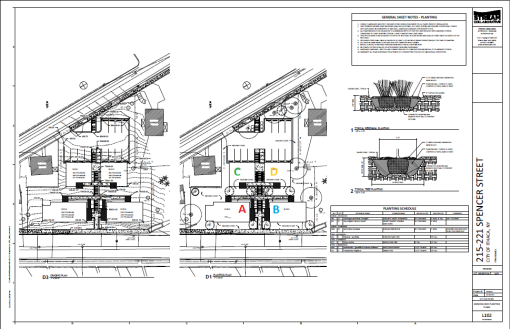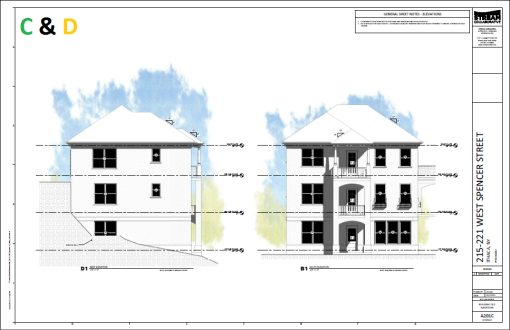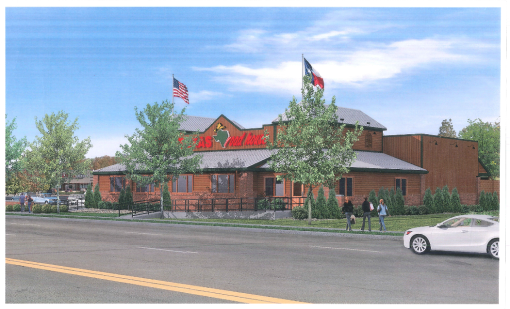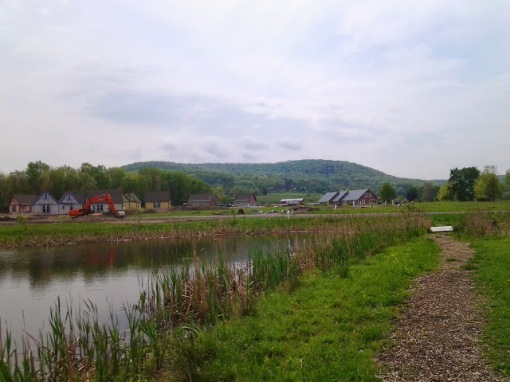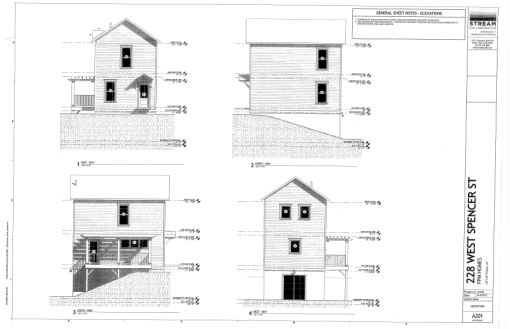Not much of a news roundup this week. Nothing new to report from the city except that the Texas Roadhouse was approved, and the only item on the town of Ithaca’s planning board agenda for next week will be the review of a subdivision to create a new home lot off of Hanshaw Road. With the lack of news acknowledged, there were at least a few things I wrote up for the Ithaca Voice this past week that will happily fulfill your reading time if you haven’t glanced over them already.
1. Maplewood Park Closure, Replacement Likely – To loyal reader “CS PhD”, I honestly had no idea what you were referring to in your comment on the Boiceville post until a Cornell press release reached by inbox a couple hours later. I did reach out to Ithaca East (old Maple Hill) manager Bruce Abbott, who told me that Cornell has a two-year notice in case of closure, which gets renewed by June 30th. In practice, that means that the 81-unit Ithaca East apartment complex won’t close until June 30th 2017 at the earliest, but Cornell has until the end of next month to decide whether or not to extend that to at least 2018. As Abbott mentioned in his email, “Currently, I have 70% Cornell graduate students [in the tenant mix], so I may be considered a resource to them [Cornell] while they are replacing Maplewood. Otherwise, I have about 35 days before I know what the future holds.” And we shall see what happens; Ithaca East with its couple hundred bedrooms likely won’t be closed until that much replacement housing has been built and opened at the Maplewood Park site. 480 bedrooms will be tough enough for the market to absorb as it is.
Edit: In a follow-up email, Bruce Abbott corrected the dates – Cornell has to notify him by June 1st and a theoretical closing would be May 30th, 2017 at the earliest.
2. National chain Smashburger plans to open Ithaca franchise – Although no locations were given, a casual check suggests that it’ll be in a suburban location in an already-built space, although urban spots aren’t completely out of the question. A typical Smashburger is a little over 2,000 sq ft, and they don’t have drive-thrus. For example, the one in suburban Albany reuses what was once a Friendly’s. Smashburger locations typically employ about 25, and franchising requires a net worth of $1.5 million, including $500k in liquid assets.
No surprise, the Voice readers have been spirited in their assessment…it definitely didn’t help Fine Line Bistro’s closing was published this morning. The reaction isn’t quite as controversial as Texas Roadhouse, probably because not as many people are familiar with Smashburger. I look both forward and dread the day I write about Sonic (which is looking to come into the market), Trader Joe’s (of which I’ve heard nothing), or any other very high profile chain makes their move into the area.
3. Which Tompkins County towns are growing fastest? – Most towns reported growth year-over-year, and the census revised the 2013 numbers upward. Ithaca city now stands at an estimated 30,720, an increase of 706 since the 2010 census. Ithaca town, for which the Census Bureau includes Cayuga Heights, stands at 20,515, an increase of 585.
Now comes my gut check – I think the city numbers and town numbers a little high. I base that off of building permits. If I count the number of annual permits given in the federal HUD SOCDS database, I get 127 units (75 single-family homes and 52 multi-unit) for 2010-2014, and just 14 units, 10 single-family homes and two duplexes, in all of 2014. If one assumes 3-bedroom house and 2-bedroom apartments for statistics’ sake, then one gets 329 residents. Cayuga Heights add 27 units – 24 1-bedrooms in the current Kendal expansion, one two-unit (most likely the rear addition to 207 Kelvin Place), and one new home since 2010. I think that equates to about 33. So 362 total, only ~62% of 585. As for the city, there were 259 new units, of which only 12 were single-family homes. Using the same math as before gives 530 residents in new units, 75% of total. I’m not sure how things like renovations or reuse projects are handled, so the city might be within the margin of error on my back-of-the-envelope calculation. But for the town, probably not.
Long story short, take the population estimates with a healthy dose of skepticism.


